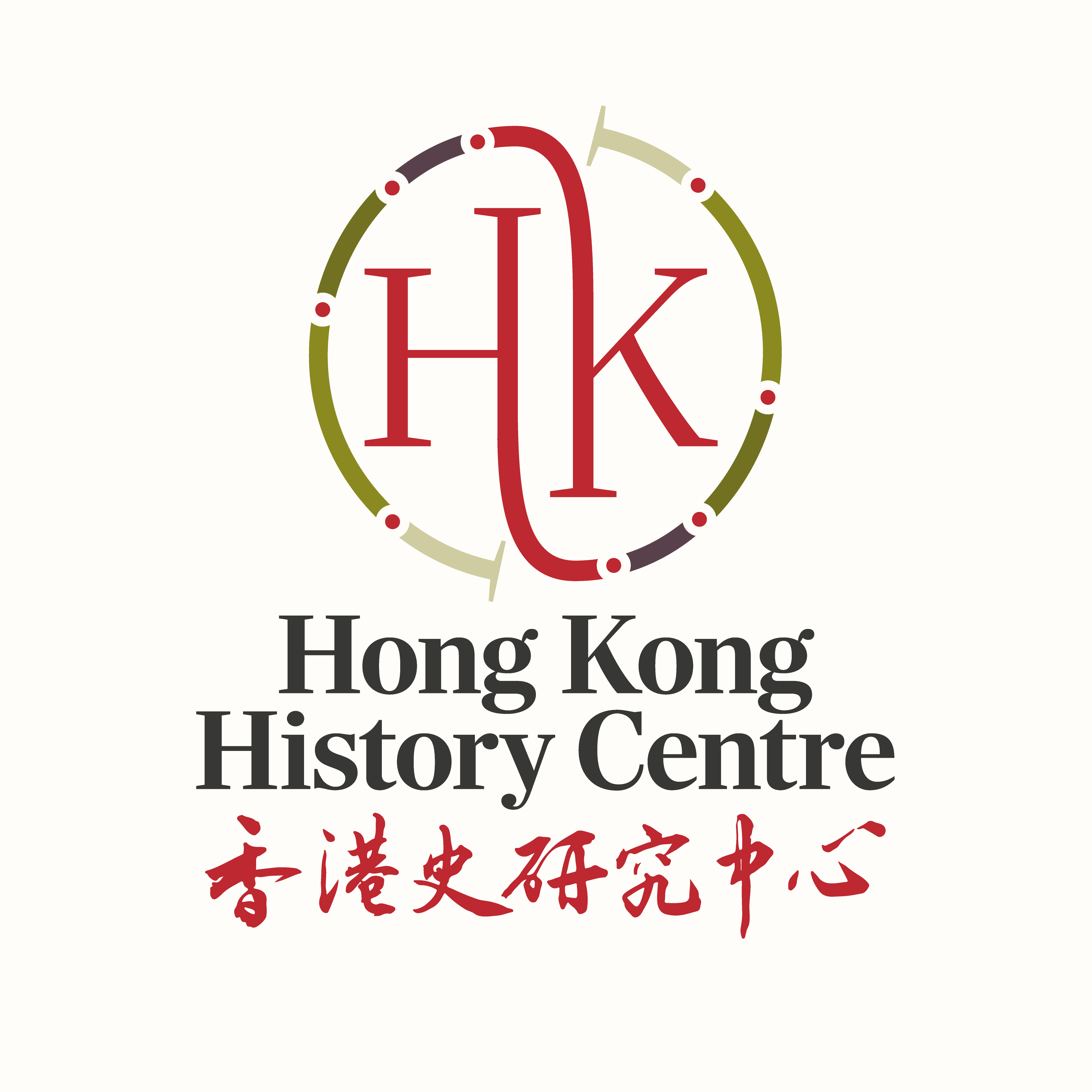
By Vaudine England
It’s all very well having grand theories about Race and Empire and Gender and Class, but what of actual real stories, the lives that people lived, the choices they made? I recently met a woman from a …
29/04/16
By Vaudine England
If talking about race has been hard, how much harder has it been to accept that racism in statecraft has never been the sole preserve of white people. Not only Western imperialists have been racist; the Chinese …
20/04/16
By Vaudine England
The thought behind a lot of these ruminations in this blog is that the subject of race in empire, specifically with relation to Hong Kong, has been grossly under-covered to date. Some Dutch academic friends wonder if …
08/04/16
There are a fair few files relating to the history of Hong Kong among the large collection of Foreign and Colonial Office archival material still retained by the department, largely held at Hanslope Park. This ‘secret archive’ was finally acknowledged …
01/03/16
By Vaudine England
Since the death of Dan Waters, aged 95, in Hong Kong on 27 January this year, he has rightly been lauded for many things: charm and personality, astounding memory, karate black belt, marathons after 60, and of …
25/02/16
By Vaudine England.
A dear friend and colleague from a past journalistic life — educated, erudite and well-informed — delighted in saying: ‘I hate history!’ Why bother with stories of days gone by when so much is happening, right now? …
03/02/16
By Vaudine England
Lethbridge’s article, ‘The Yellow Fever’, had concluded with an image of how the different, mostly non-Chinese peoples of Hong Kong interacted, or not:
‘The full flavour of the European community is to be savoured at a gala …
22/12/15
Born and raised in Hong Kong, Vivian Kong moved to Bristol to take up the Hong Kong History Project Doctoral Studentship in 2015. After the completion of her BA and MPhil degrees at the University of Hong Kong, she …
22/11/15
By Vaudine England
I’m still hoping to be proven wrong in claiming that just two serious articles were published in the 20th century on the subject of Eurasians in Hong Kong. The first was Sir Challoner Grenville Alabaster’s ‘Observations on …
20/11/15
By Vaudine England
In my last blog I expressed a hope to be proven wrong in claiming that just two serious articles were published on the subject of Eurasians in Hong Kong in the 20th century. The first was Sir …
13/11/15By Vaudine England
It’s all very well having grand theories about Race and Empire and Gender and Class, but what of actual real stories, the lives that people lived, the choices they made? I recently met a woman from a …
29/04/16By Vaudine England
If talking about race has been hard, how much harder has it been to accept that racism in statecraft has never been the sole preserve of white people. Not only Western imperialists have been racist; the Chinese …
20/04/16By Vaudine England
The thought behind a lot of these ruminations in this blog is that the subject of race in empire, specifically with relation to Hong Kong, has been grossly under-covered to date. Some Dutch academic friends wonder if …
08/04/16There are a fair few files relating to the history of Hong Kong among the large collection of Foreign and Colonial Office archival material still retained by the department, largely held at Hanslope Park. This ‘secret archive’ was finally acknowledged …
01/03/16By Vaudine England
Since the death of Dan Waters, aged 95, in Hong Kong on 27 January this year, he has rightly been lauded for many things: charm and personality, astounding memory, karate black belt, marathons after 60, and of …
25/02/16By Vaudine England.
A dear friend and colleague from a past journalistic life — educated, erudite and well-informed — delighted in saying: ‘I hate history!’ Why bother with stories of days gone by when so much is happening, right now? …
03/02/16By Vaudine England
Lethbridge’s article, ‘The Yellow Fever’, had concluded with an image of how the different, mostly non-Chinese peoples of Hong Kong interacted, or not:
‘The full flavour of the European community is to be savoured at a gala …
22/12/15Born and raised in Hong Kong, Vivian Kong moved to Bristol to take up the Hong Kong History Project Doctoral Studentship in 2015. After the completion of her BA and MPhil degrees at the University of Hong Kong, she …
22/11/15By Vaudine England
I’m still hoping to be proven wrong in claiming that just two serious articles were published in the 20th century on the subject of Eurasians in Hong Kong. The first was Sir Challoner Grenville Alabaster’s ‘Observations on …
20/11/15
By Vaudine England
In my last blog I expressed a hope to be proven wrong in claiming that just two serious articles were published on the subject of Eurasians in Hong Kong in the 20th century. The first was Sir …
13/11/15